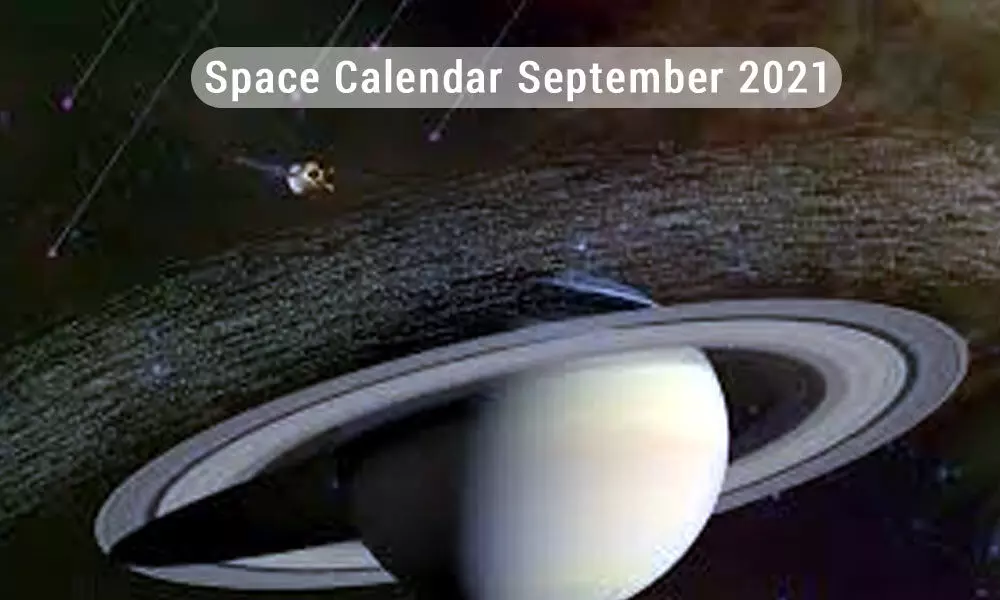Live
- Golf: Diksha shoots 67, finishes 24th with Tvesa and Pranavi in German Masters
- Ratan Tata, Kumar Mangalam Birla, Anand Mahindra vote for development
- Soon, take a ride on Uber bus in Delhi
- Sex video scandal: CM Siddaramaiah denies political conspiracy in Prajwal Revanna case
- Global leaders mourn Iran President Raisi's death
- Startup founders hail PM Modi's initiatives to boost ecosystem
- ED seeks extension of CM Kejriwal’s judicial custody
- MVA, Mahayuti leaders slam 'deliberately slow’ voting process; Fadnavis alerts ECI
- Heavy voter turnout in Ladakh LS seat
- Sanjay Dutt, Kajol, Jackky Bhagnani & Rakul Preet join festival of democracy









